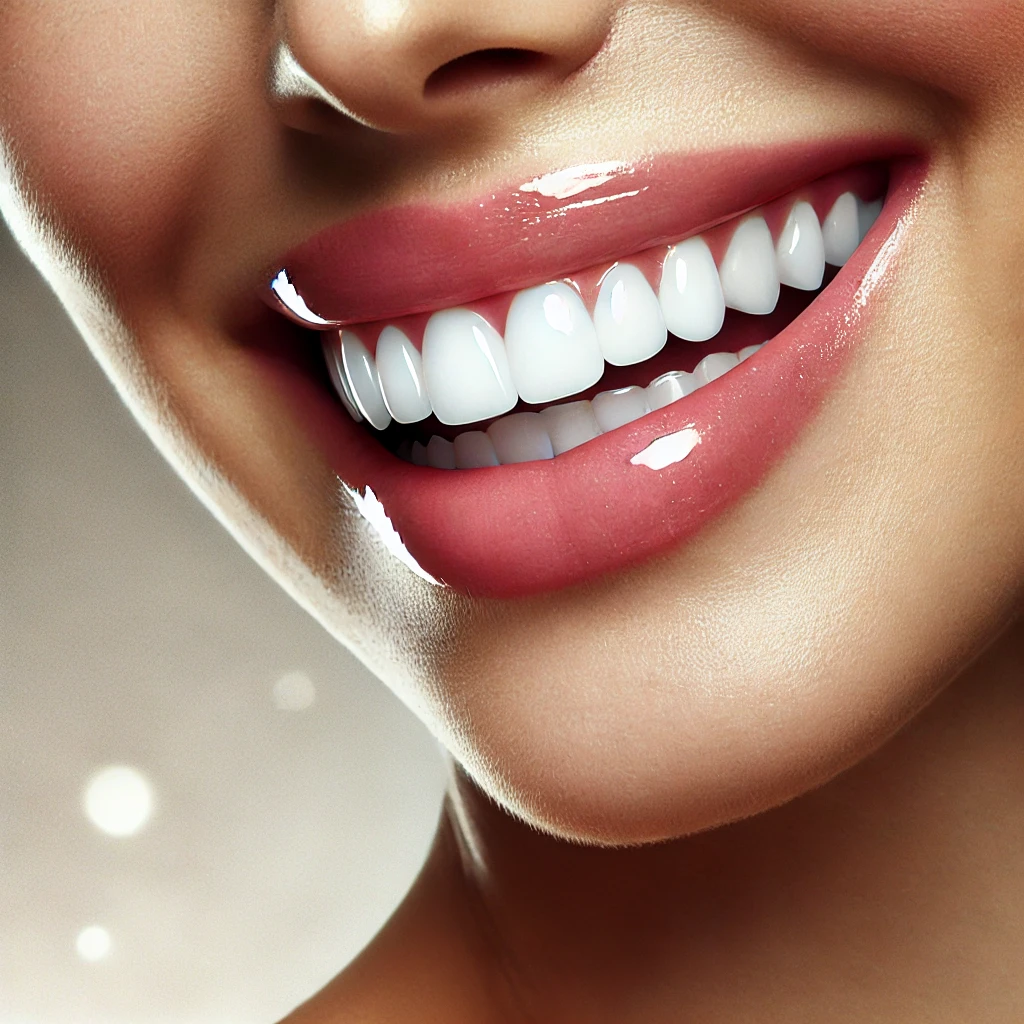Correcting cosmetic dental problems and achieving a perfect smile


Q&A
Dental laminate (ceramic veneer) is a thin ceramic shell that is placed on the surface of the tooth to increase its beauty and strength. The main difference between laminate and composite is in the material, durability and installation method; ceramic laminate is more resistant and durable than composite but requires partial tooth grinding, while composite is installed without grinding and is less expensive.
Ceramic veneers usually last between 10 and 15 years, but this longevity depends on maintaining good oral hygiene, avoiding harmful habits (such as grinding your teeth or biting your nails), and visiting your dentist regularly.
No, veneers themselves do not cause decay, but if oral hygiene is not maintained, decay may occur in the uncovered areas. It is essential to brush, floss, and visit the dentist regularly to prevent any problems.
Ceramic laminate is very durable, but you should still avoid biting into very hard foods such as nuts, ice, or hard candy to prevent the laminate from chipping or cracking.
No, ceramic veneers are highly resistant to discoloration and do not stain like natural teeth. However, it is better to reduce excessive consumption of coffee, tea, cigarettes, and colored foods to maintain the shine and beauty of the veneers.
Economic
More than 25 years
Very limited
3 to 6 months
A beautiful smile, our gift to you.
Dental veneers are a popular and effective cosmetic dentistry procedure that can improve the appearance of your teeth. They are ideal for people who suffer from problems such as chipped, discolored, or misaligned teeth. In this article, we will look at the types of dental veneers, how they are performed, their advantages and disadvantages, and important things to know before choosing this procedure.
A dental veneer is a thin layer of ceramic or composite material that is bonded to the front surface of the teeth. These layers are usually used to correct the color, shape, or size of the teeth. Unlike dental crowns, which cover the entire tooth, a dental veneer only covers the front surface of the tooth, and therefore requires less grinding.
In dentistry, there are two main types of dental veneers:
Ceramic veneers are usually made from special porcelain or ceramic materials that create the most natural appearance possible. These types of veneers are stain-resistant and can easily blend with the color of natural teeth.
This type of veneer uses a composite material that is usually made in the dentist’s office and bonded to the tooth. Compared to ceramic veneers, these types of veneers are usually less expensive but may be more susceptible to staining and wear.
The first step to getting dental veneers is a consultation with your dentist. During this session, the dentist will examine the condition of your teeth and decide whether veneers are suitable or not.
Next, the dentist may need to shave off a small amount of your tooth enamel to make room for the veneers. This is usually done just enough to avoid damaging the teeth.
After your teeth are prepared, impressions are taken of your teeth to accurately create the veneers. These impressions are sent to a dental laboratory.

In the next appointment, the veneers will be bonded to your teeth. The dentist will make sure the veneers fit properly and then harden them using a special light.
Advantages:
Natural appearance: Laminates have a very natural and translucent appearance that almost resembles real teeth.
Stain resistance: Ceramic laminates are resistant to staining.
Painless: This procedure is usually painless and does not require anesthesia.
Aesthetic improvement: Veneers can significantly improve the shape, color, and size of teeth.
Disadvantages:
High cost: Laminates can be expensive, especially ceramic laminates.
Irreversibility: Once laminates are installed, they usually cannot be removed, as the teeth are usually slightly chipped.
Sensitivity to impact: Laminates may break if they are impacted.
Important tips for maintaining dental laminates
Regular brushing: To maintain the health of your teeth and veneers, brushing should be done regularly.
Avoid hard foods: Avoid chewing very hard foods or biting hard objects.
Regular checkups: You should visit your dentist regularly to check the condition of your veneers and teeth.
The cost of dental veneers varies depending on the type of veneer (ceramic or composite), the dentist, and the location of the treatment. Ceramic veneers are usually more expensive than composite veneers. Also, additional costs for consultations, impressions, and follow-up appointments should be considered.
While dental veneers are a great option for many people, they may not be right for some. People with severely damaged teeth or serious problems with their tooth structure may want to consider other options, such as dental crowns or implants.
Dental veneers are an effective way to improve the appearance of your teeth that can boost your self-confidence. However, before making a decision, it is important to be aware of the pros and cons and consult with a professional dentist to make the best decision for the health and beauty of your teeth.
Send us the information and context in which we can help you so that we can contact you as soon as possible.